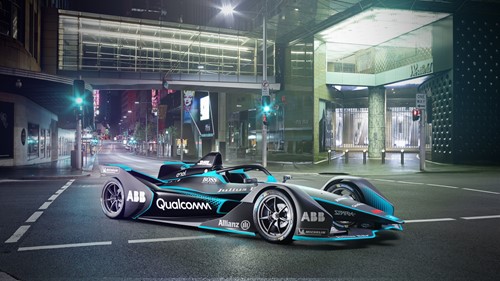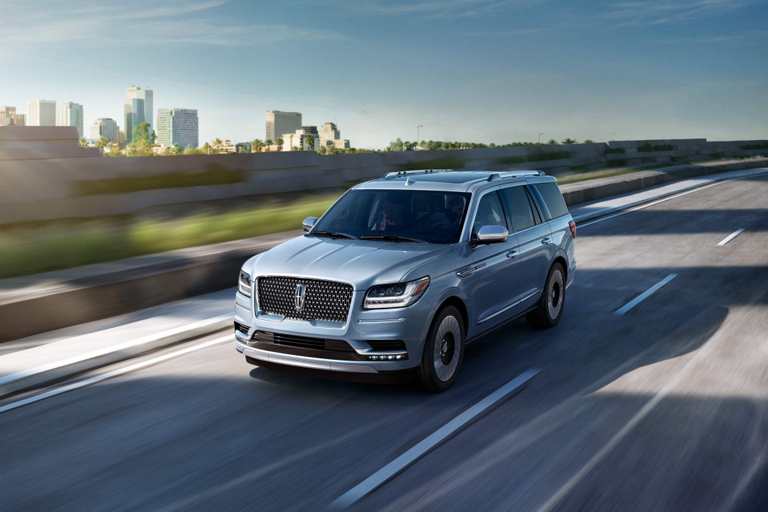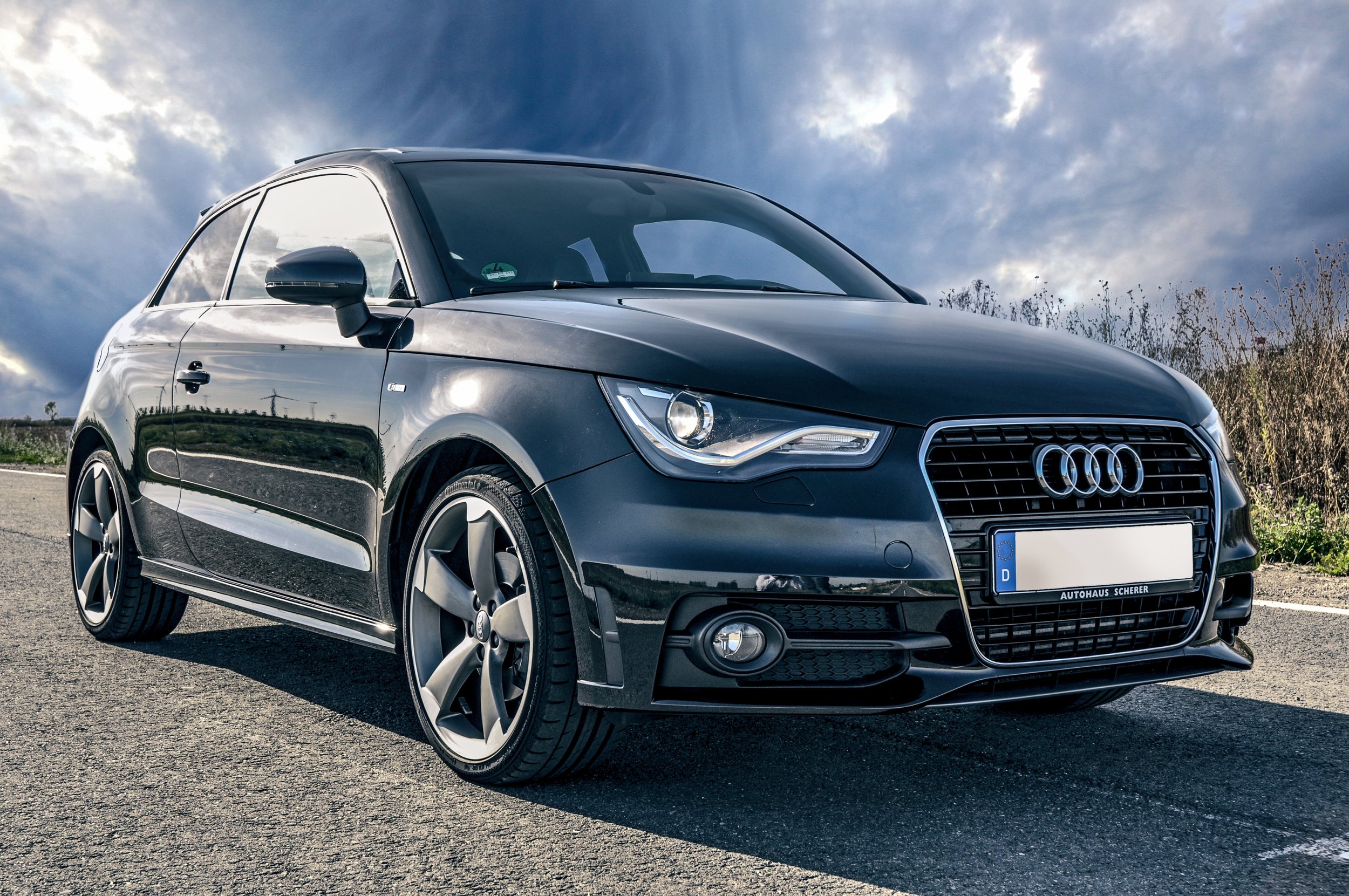As TariffWatch continues, I had 16 browser tabs opened to different reports about the effects of proposed tariffs on companies just from this past week! On Tuesday, Donald Trump tweeted, "We are finishing our study of Tariffs on cars from the E.U. in that they have long taken advantage of the U.S. in the form of Trade Barriers and Tariffs. In the end it will all even out - and it won’t take very long!" What exactly “even out” means is very much under debate, but what isn’t being debated is the fact that nobody outside the Oval Office wants any sort of tariffs to happen, and that all projections suggest a really bad outcome for everyone.
Having previously threatened as much as a 25% tariff on vehicles assembled outside the United States, Trump changed his mind a bit again last Monday, saying maybe just 20% will do. What it will actually do is raise prices, by quite a lot. Assuming the 25% tariff, consumers, to whom the additional cost would be passed, would face an average of $5,800 added to every car, totaling about $45 billion in extra taxes paid every year. This is applied to all vehicles considering the steel and aluminum tariffs and anticipated tariffs applied to auto parts used to assemble cars within the U.S.
German luxury vehicles would be the models hit the hardest, since their high prices mean the tariffs would drive their costs to consumers to truly untenable levels. This not only means fewer sales, it means we could start seeing manufacturers start withholding their cars from the American market. According to Reuters, the tariffs would destroy the business case for niche market vehicles like convertibles and sports cars, which are sold in low volumes and for high prices. If companies can’t sell them and can’t make money on them, why produce them? Or at least why send them to America? Hell, even the very American Toyota Camry, the best selling car in the country, would see its price increase $1,800.
Ostensibly, these tariffs are meant to harm German manufacturers, which they would, to the tune of around $5.24 billion, according to analysts at Evercore ISI. But it’ll hurt other manufacturers, including American ones, especially FiatChrysler, whose profits would take an $886 million hit if the 25% tariff is enacted.
But it’ll create jobs, right? Well, the Council on Foreign Relations estimates that the 25% tariff will actually cost the country between 18,000 and 40,000 auto industry jobs just by the end of next year as companies look for ways to lose less money. And that’s the most conservative study! The American Action Forum estimates a net decrease of 157,000 jobs while the Peterson Institute for International Economics is even more dire, suggesting 195,000 industry jobs will be cut. And that study goes on to suggest if other nations retaliate with tariffs, as is expected, the total industry loss would be around 624,000 jobs.
While this tariff isn’t yet in place and may not be enacted if anyone can talk any sense into Trump and his advisers, the tariffs placed on aluminum and steel are already wreaking havoc on American companies. After their metals were taxed, the European Union responded with tariffs of their own on blue jeans and Harley-Davidson motorcycles. They probably would’ve taxed apple pie too, if that were feasible.
Unfortunately, Europe is Harley’s second biggest market, where they sold more than 40,000 bikes last year, and an increase of between 6 and 31 percent in Europe means their bikes are going to run on average $2,200 more expensive, which is a tough sell. They were already hurting from the steel and aluminum tariffs, which caused costs to rise $15-20 million and the tariff is added an additional $35-40 million to that just this year. Next year they expect to lose more like $80-100 million.
To counteract this, Harley announced that they would move some manufacturing to Europe to avoid the tariffs, which is sort of the exact opposite effect I think Trump was hoping these taxes would have. Previously having called Harley a true American icon, Trump engaged in one of his wildly incoherent tweetstorms, ending with a threat that the company would lose their aura and be hit with taxes like never before. Well, they already are, and it’s your fault, buddy.
Honestly the most terrifying part of all of this is the fact that, while we’re over here slamming doors and storming off to build walls, China announced this week that after July 28th, they will roll back foreign ownership restrictions on joint ventures in the country. After decades of requiring companies from other countries to find a Chinese company to take the lead when they wanted to sell their cars in China, the country is saying, “Hey Tesla, BMW, everyone else! I know you’re getting a raw deal over there in America, why don’t you have a seat over here. We’re keeping it nice and warm for you.”
When even Toyota has to issue a public comment stating that its 137,000 employees in the U.S. don’t pose a national security risk, you know something is backwards, and what that is, is progress. What, I think in many people’s mind, made America great was its role as the guiding force in international commerce, politics, and trade. Now we’re seeing China step up and challenge us for that role and instead of forging forward as we have, we’re stepping back and saying, “Hey, do whatever you want, we’re fine on our own.” The problem is, in this situation, we're not fine on our own and it’s we the people who pay the price, whether through increased costs or restricted choices. Trade wars are the true enemies of automotive enthusiasts and consumers in general.
Authored by
Devlin Riggs









































